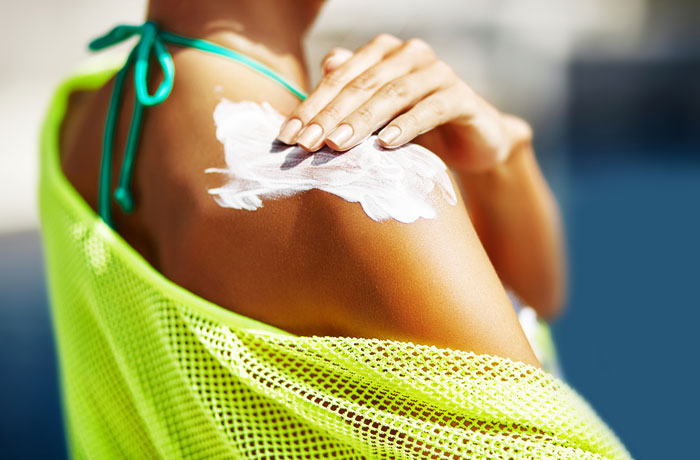
Protecting your skin from the sun’s harmful rays. Ensuring you receive enough vitamin D. It’s possible to accomplish both objectives.
“When your skin is exposed to sunlight, it manufactures vitamin D, a nutrient essential for bone growth and the immune system,” said Lauren McGraw, DO, Holland Hospital Family Medicine – Douglas. “While many people think using sunscreen could lead to vitamin D deficiency, that isn’t the case. Soaking up too much sun without adequate protection is not the way to get the vitamin D your bones and body need.”
Vitamin D maintains bone health by regulating calcium levels. Individuals deficient in vitamin D can have symptoms ranging from muscle aches and weakness to bone pain. In severe cases, reduced calcium absorption can cause slower growth, bone softening and weakening, and a higher risk of developing osteoporosis and/or experiencing bone fracture.
So what’s a healthy level of vitamin D? When you visit your primary care provider for an annual checkup, ask to have your vitamin D level tested. Here’s a look at what the lab numbers mean:
- Below 30: Deficiency. You should talk to your provider about vitamin D supplementation.
- 30-50: Insufficient for bone and overall health.
- 50-70: Ideal (more is not necessarily better).
- 100 and above: Too high (could have adverse health effects).
You can usually get enough vitamin D from a combination of diet and supplements.
Shielding Your Skin
Sunscreens with a high sun protection factor (SPF) are designed to filter out the majority of the sun’s ultraviolet (UV) B radiation, as UVB damage is the top cause of sunburn and can lead to skin cancers. However, UVB wavelengths also trigger vitamin D production in the skin.
“Research shows that people who use sunscreen every day maintain vitamin D sufficiency,” Dr. McGraw said. “No matter how high the SPF or how much sunscreen is used, some UV rays from the sun will still reach the skin.” (For example, an SPF 15 sunscreen filters out 93% of UVB rays, while an SPF 30 keeps out 97%.)
Just a small amount of sunshine exposure to arms, legs, the abdomen and/or back—no more than 10 to minutes, two to three times per week—followed by proper sun protection sparks ample vitamin D production. When it comes to combating the harmful cumulative effects of UVB and UVA exposure over a lifespan, dermatologists recommend more sun protection vs less.
The bottom line? You should apply a broad-spectrum, water-resistant sunscreen with an SPF of at least 30 to sun exposed skin. Reapply your sunscreen about every two hours, as well as after swimming or sweating. Learn more about safeguarding your skin.
Looking for a new primary care physician? Our primary care patient coordinator can help match you to one who best meets your needs. Call (616) 394-3200.
